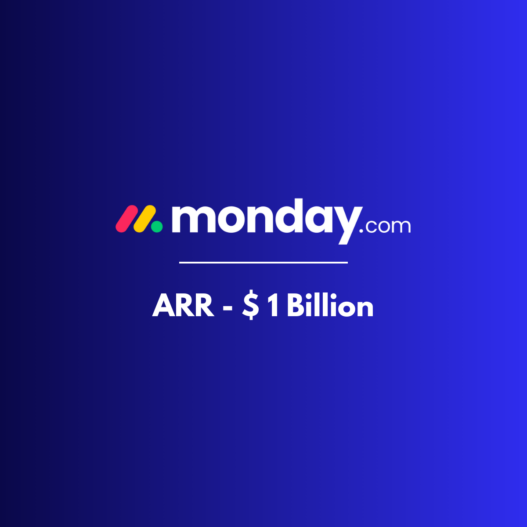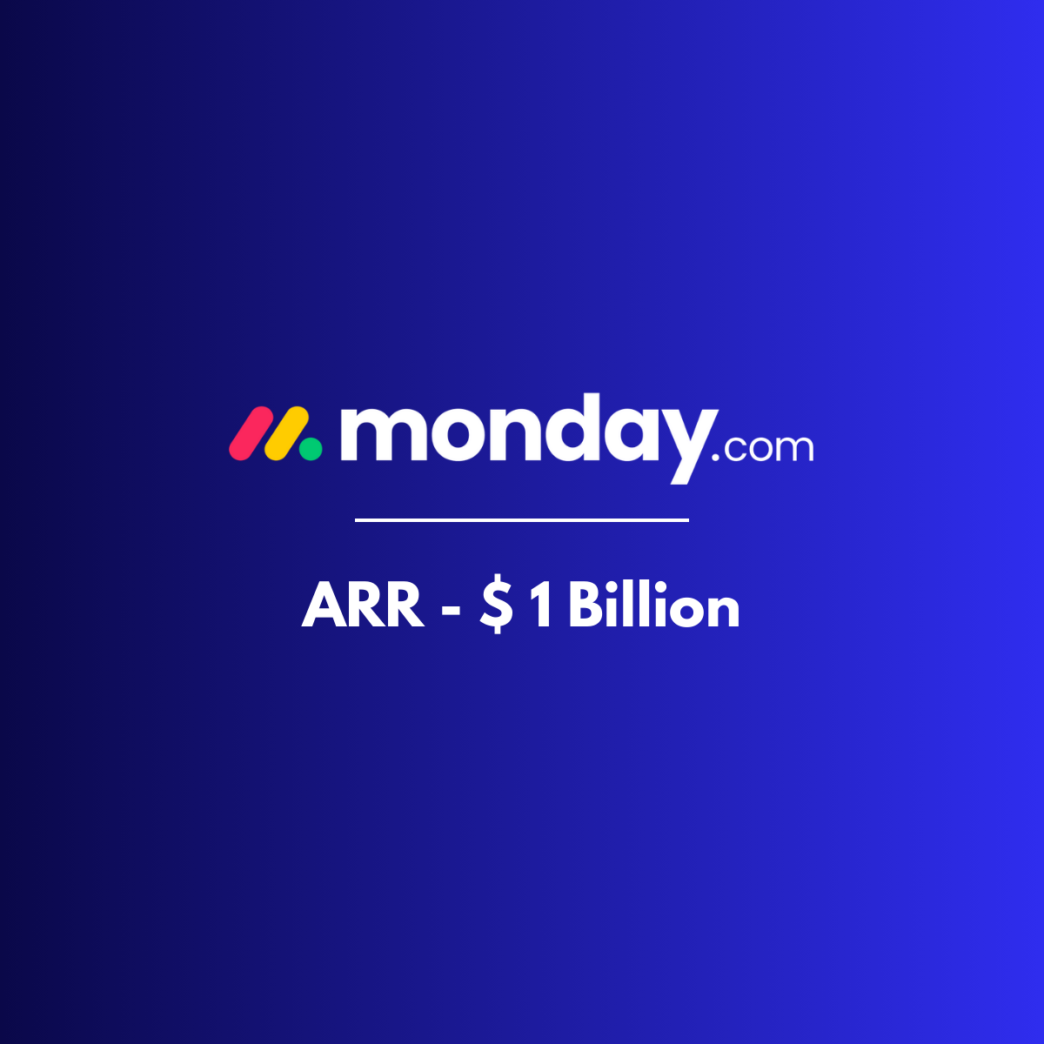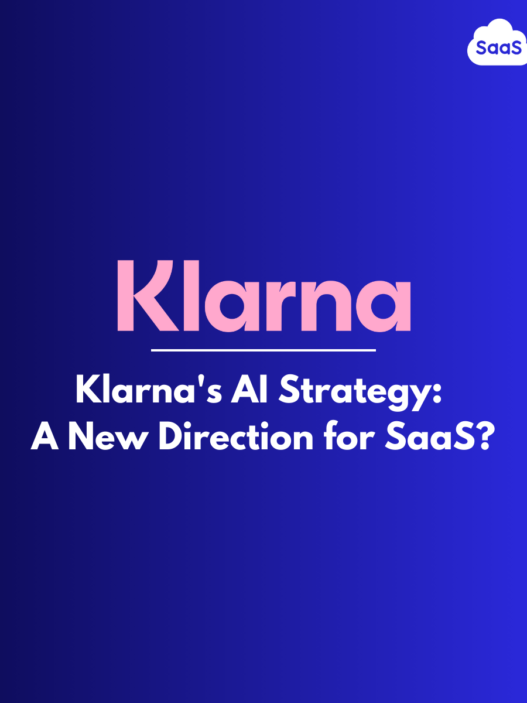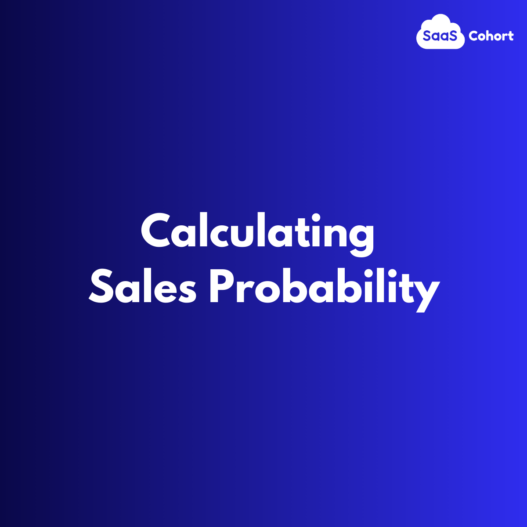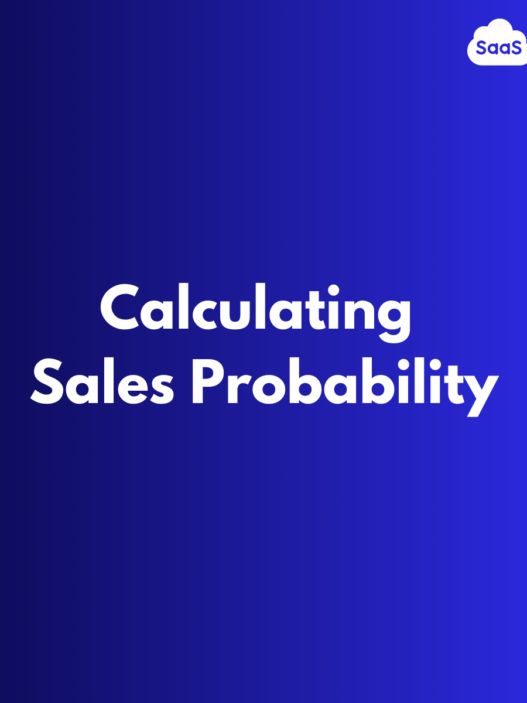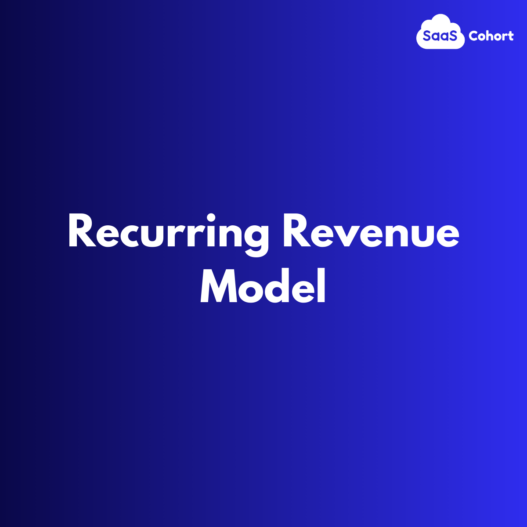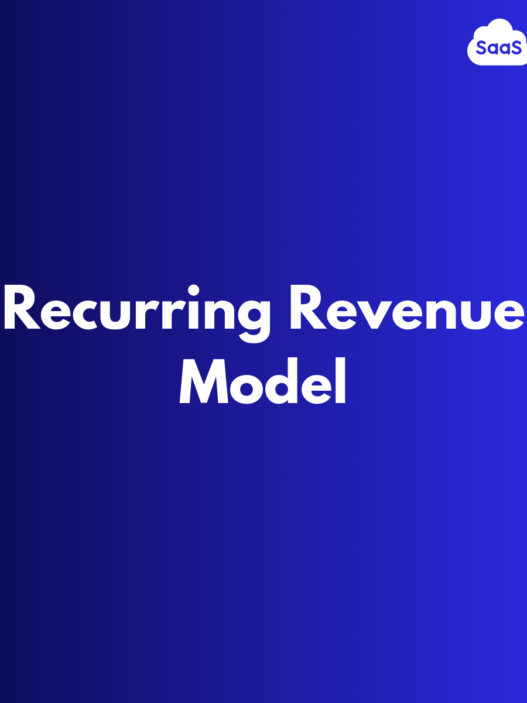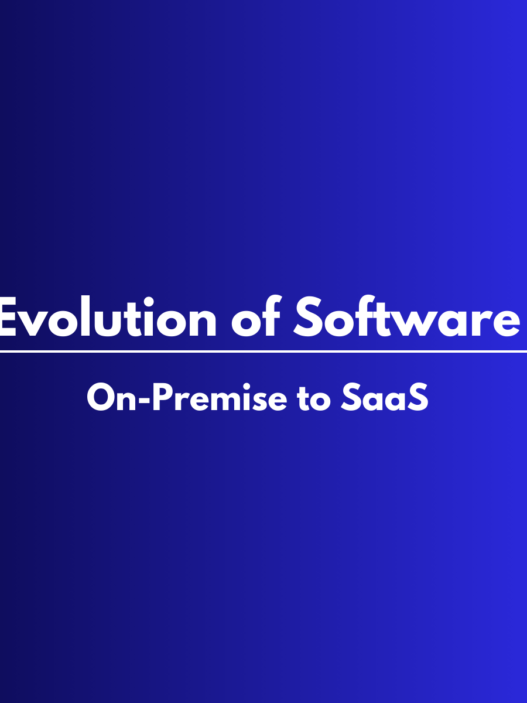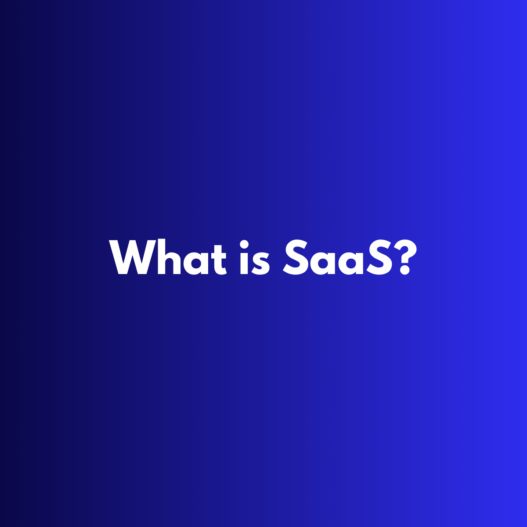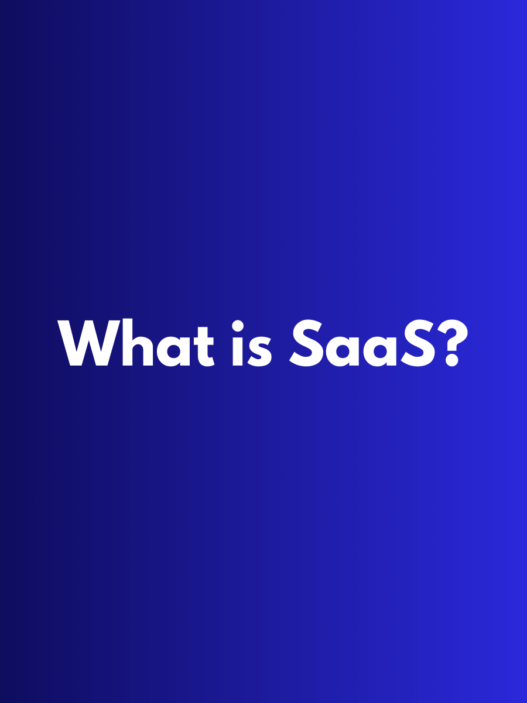Table of Contents
Monday.com’s Rapid Ascent
Monday.com, a versatile work operating system (Work OS), has achieved a remarkable milestone by reaching $1 billion in Annual Recurring Revenue (ARR) in August 2024. This achievement comes just a decade after the launch of their Work OS and merely eight years since hitting their first $1 million in ARR. But what’s the story behind this phenomenal growth, and what can other SaaS companies learn from monday.com’s journey?
A Decade of Growth: From Launch to Billion-Dollar SaaS
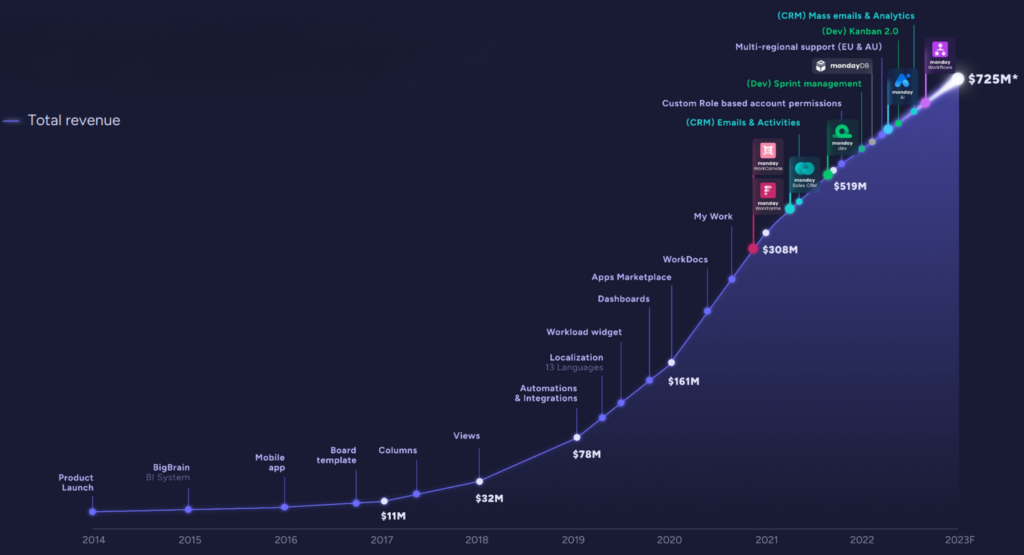
Founded in 2012 and launched in 2014, monday.com set out to disrupt traditional work software. The company’s Work OS aimed to provide a flexible, no-code/low-code platform that allows teams to create and customize their workflow tools. This innovative approach struck a chord with businesses worldwide, leading to exponential growth.
Let’s take a detailed look at monday.com’s ARR growth over the years:
- 2014: Work OS launched
- 2016: Reached $1 million ARR
- 2019: $120.1 million ARR (91% year-over-year growth)
- 2020: $236.1 million ARR (96% year-over-year growth)
- 2021: $382.9 million ARR (62% year-over-year growth)
- 2022: $509.0 million ARR (33% year-over-year growth)
- 2023: $698.1 million ARR (37% year-over-year growth)
- 2024 (August): Achieved $1 billion ARR
The company’s growth has been consistently strong, with reported year-over-year growth rates often exceeding 90% in its earlier years, gradually stabilizing to around 30-40% in recent years as the company scaled.
It’s worth noting that monday.com reached the $1 billion ARR milestone just a decade after launching their Work OS and eight years after hitting their first $1 million in ARR. This rapid growth trajectory places monday.com among the fastest-growing SaaS companies in history.
The Evolution of Monday.com: From Project Management to Work OS
Monday.com’s journey is characterized by continuous evolution and expansion of its product offerings. Initially focused on project management, the platform has grown into a comprehensive Work Operating System.
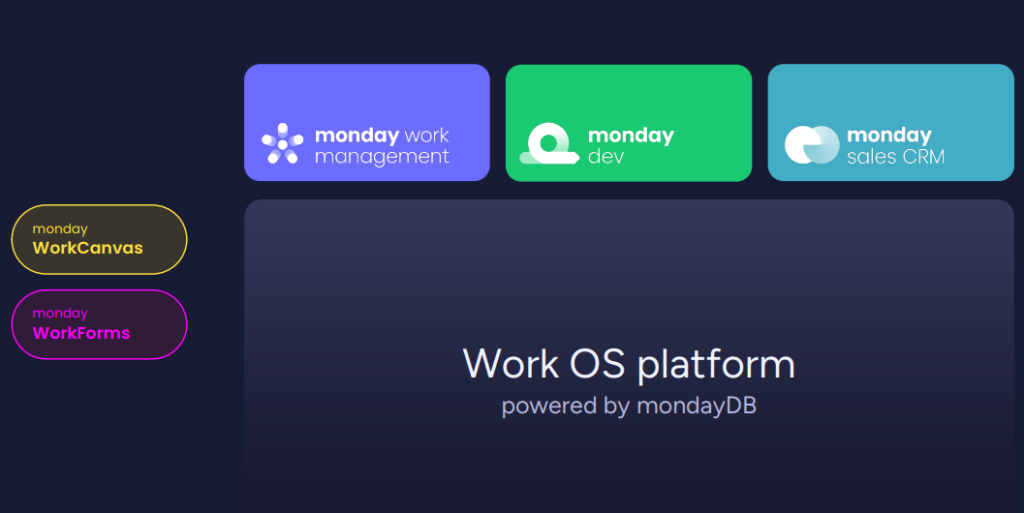
This evolution includes:
- Expanding beyond project management: The platform now covers various aspects of work, including CRM, software development, and customer service.
- Introduction of the Work OS concept: Monday.com positioned itself as a flexible platform for creating custom workflows and applications.
- Launch of new products: The company has introduced monday work management, monday CRM, monday dev, and monday service (beta), catering to diverse business needs.
- Focus on enterprise solutions: While starting with SMBs, monday.com has successfully expanded into mid-market and enterprise segments.
Strategies Driving Monday.com’s Phenomenal Growth
Several key strategies have contributed to monday.com’s rapid growth:
- Product-Led Growth: Initially, monday.com focused on a self-serve model, allowing users to try and adopt the product easily. This approach fueled their initial rapid growth. In 2019, 71% of their ARR came from self-serve channels.
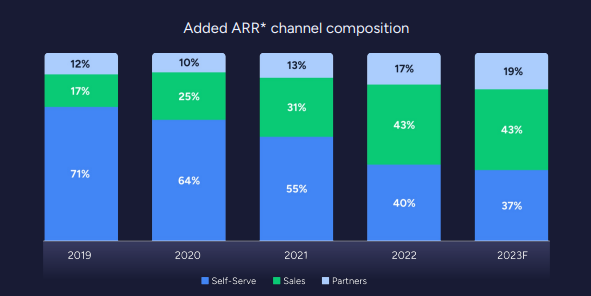
- Expansion to Sales-Assisted and Partner Channels: As the company grew, they gradually shifted from a purely self-serve model to a mix of self-serve, sales-assisted, and partner-driven growth. By 2023, sales and partners accounted for 62% of their ARR distribution, showing a significant shift in their go-to-market strategy.
- Land and Expand Strategy: Monday.com has excelled at growing their presence within organizations. The below mentioned case study of a large U.S. gaming company shows how monday.com grew from 5 initial users to 7,500 users over five years within a single organization. This exemplifies their successful “land and expand” approach.

- Focus on Customer Expansion: By 2023, 69% of monday.com’s added ARR came from expansion within existing accounts, up from 42% in 2019. This highlights the company’s success in growing usage within organizations and the effectiveness of their product in solving diverse business needs.
- Market Segment Expansion: Monday.com transformed its business model from SMB-focused in 2018 to serving SMB, mid-market, and enterprise segments by 2023. This expansion allowed them to target larger accounts, growing from a $50K ceiling to over $1M for their largest accounts.
- Continuous Product Innovation: The company’s commitment to adapting to customer needs has led to the development of new products and features, keeping them competitive in the rapidly evolving work software market.
- Strategic Marketing Shift: Monday.com evolved from relying solely on performance marketing to a more comprehensive approach, including B2B marketing strategies to target larger enterprises.
Monday.com’s journey to $1 billion ARR offers valuable insights for the SaaS industry:
- Start with a flexible, customer-centric product that solves real problems.
- Embrace a product-led growth strategy to fuel initial adoption.
- Gradually expand into new market segments and introduce sales-assisted models as you grow.
- Focus on customer success and expansion within existing accounts.
- Continuously innovate and adapt your product to meet evolving customer needs.
- Don’t be afraid to transform your business model as you scale.
As monday.com continues to evolve and expand, it sets a new standard for growth and innovation in the SaaS industry.

